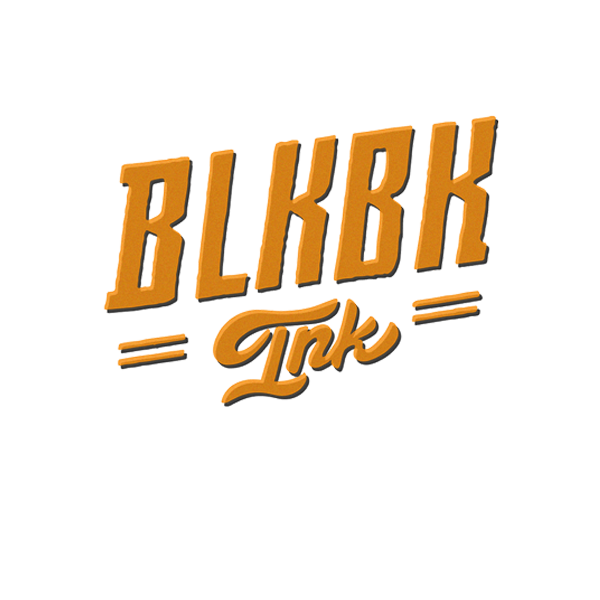How the end of the 19th century brought the debut of a font family that would survive the 20th
If William Morris had an American counterpart, he was the printer Theodore Low De Vinne. De Vinne liked and admired Morris. He echoed many of Morris’s criticisms of industrial-era printing. He even quoted Ruskin—as a synthesis of artist and craftsman, De Vinne represented the Ruskinian ideal that Morris aspired to. But where Morris was an artist who learned that good craft is necessary to make good art, De Vinne was a craftsman fist. And he was an absolute master.

De Vinne first took up printing in Connecticut, where he was born. After a five year apprenticeship, he moved to New York and took a job at Francis Hart & Company, the printer where he’d work for the rest of his life. In a few years he’d become a partner in the company. In a few more, he'd made the printer the biggest in New York.
When De Vinne started, Hart didn't print much more than legal documents. But De Vinne was ambitious enough to take on larger and more complicated projects, including a specimen book for the Bruce Type Foundry—the inventor of the pivotal typecaster. At the same time, De Vinne developed a reputation for printing quality woodcut illustrations. This lead to a contract with an illustrated magazine, Scribner’s Monthly, which soon after changed its name to Century Illustrated. It would become the largest reputable magazine in America.

This was a credit to De Vinne; Century Illustrated was exceptionally well printed. Besides its quality woodcut illustrations, De Vinne had struck typographical gold. Like Morris, he’d decided against the delicate modern fonts that remained popular in the 1880s. Instead, he’d used a Caslon-inspired font—a Caslon I-inspired font from 150 years earlier.
Two years after Century Illustrated launched, De Vinne owned the Hart press outright. Century had recently bought the American publishing rights to The Imperial Dictionary of the English Language. De Vinne, naturally, printed it for them. He produced what type historian Michael Koenig called “a masterpiece of legibility and typographic functionality.” A 24 book set, 7046 pages, 10000 woodcut illustrations, and a custom font family designed by De Vinne himself: Century. These fonts remain staples in most word processors.

How can we explain this longevity? It comes down to history, and De Vinne’s understanding of it.
Never satisfied with simply being a printer, De Vinne was an avid student of all aspects of the art and craft. By the 1880s, he was already a respected historian of typography—the first to understand Gutenberg’s foundational contribution to printing. Like Morris, he disliked modern printing. But his was a nuanced understanding informed by professional experience. He argued, for example, that Bodoni’s strengths were more as a printer than a typefounder—lazy, cheap printing could never do justice to his delicate fonts. But lazy and cheap printing is exactly what the race-to-the-bottom economics of early industrialization delivered—the thin lines of Modern fonts turned grey when under-inked; when pressed too hard into cheap paper the fibres swallowed what little of the lines made it to the page.
De Vinne appreciated the blackness of Morris’s Jenson-inspired Old Style. But poor print-craft could ruin that too—over-inking Old Styles swallowed their small counters. White spaces were as important as black in producing identifiable letters. De Vinne, therefore, produced a slightly lighter font, with ample spacing and counters, yet still rugged enough to stand up to the realities of printing.
Reading into his own estimation of past founders, Century incorporated the best of Christopher Van Dijck’s and Baskerville’s fonts. The 17th century Dutch type founder Van Dijck’s fonts were sturdy and practical, with short bracketed serifs that wouldn’t break, and big counters that wouldn’t choke on ink. They’d look as good after heavy use as when they were new. At the same time, De Vinne admired Baskerville’s work for its lightness and display of skill. He only thought it was ahead of its time; given care and—this is a critical departure from Morris—better technology, there was no reason a light Intermediate font couldn’t work. What ultimately mattered was that the text produced was legible.

De Vinne understood implicitly that reading was an act of pattern recognition. He therefore elongated ascenders and descenders to assist readers in rapidly identifying letters. His commitment to adequate letter spacing and counters, too, made letters clearer, not only set alone but set in words, and in pages of text; De Vinne was sensitive to the difference. Each of De Vinne’s decisions as a typographer and a printer was informed by experience and motivated by a utilitarian understanding of what letters were for: reading.
De Vinne’s commitment to craft, far from making him a medievalist, inspired him to embrace technology. He was, for example, one of the first to produce high-quality prints using a rolling press. He also developed his own paper-coating system to make smoother paper, which corresponded nicely to his adoption of a new image printing technology—photoengraving. De Vinne had drawn the best out of the best fonts of the past; this new method of printing images allowed for more detail: half-tone, grey-scale, and, finally, colour. Letters had a bright, new future.
